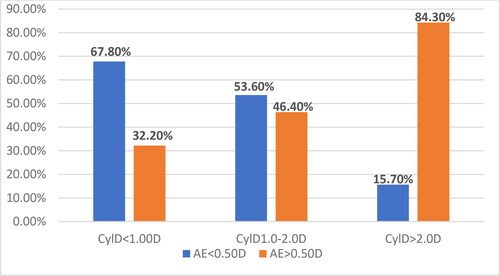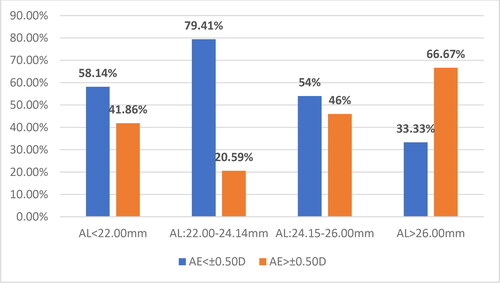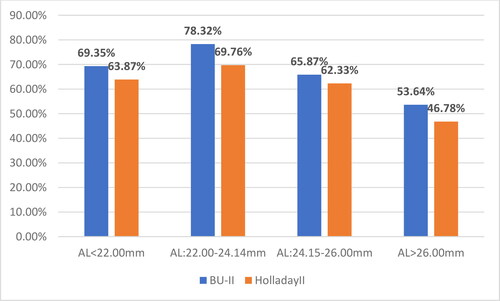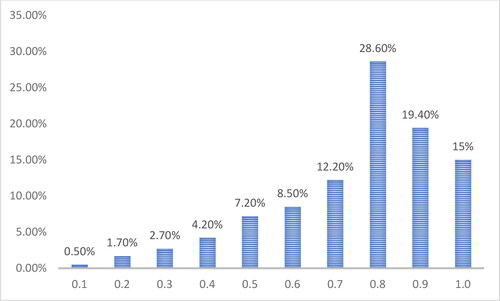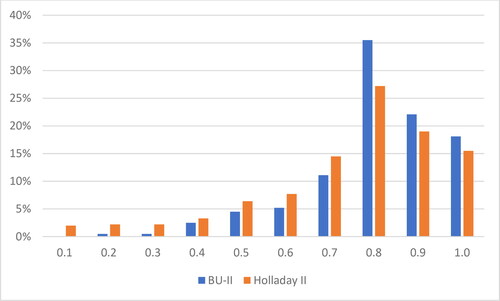Figures & data
Table 1. Distribution of cases by age and gender.
Table 2. Distribution of cases by checkup.
Table 3. Average values of keratometric indicators.
Table 4. Average values of biometric indicators.
Table 5. Relative risk of refractive error according to befCyl D value.
Table 6. Inspection of the distributions in the two groups.
Table 7. Relationship between AL and choice of refractive formula.
Data availability
The data that support the findings reported in this study are available from the corresponding author [T.K.] upon reasonable request. The data are not publicly available due to their containing information that could compromise the privacy of research participants.

